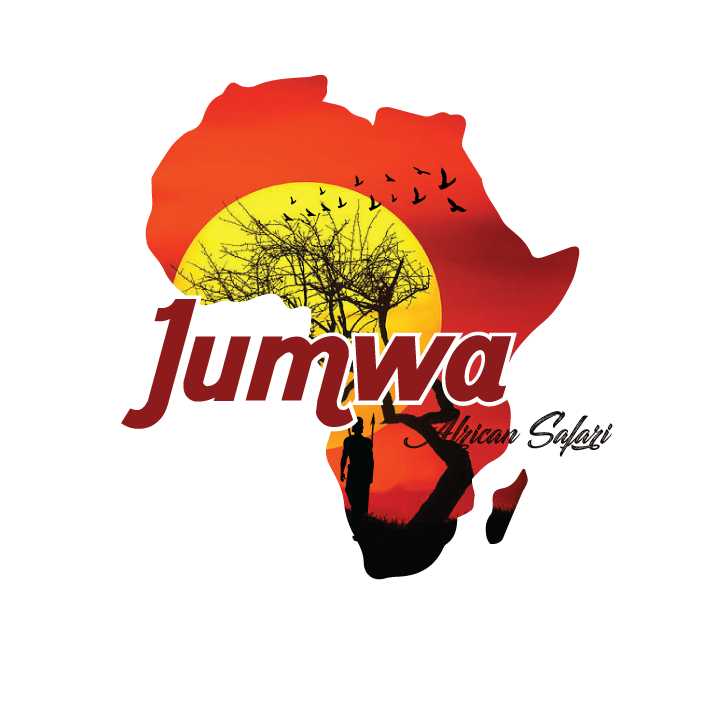A photographic safari in Tanzania offers a unique opportunity for wildlife enthusiasts and photography lovers to capture the stunning landscapes, diverse wildlife, and vibrant cultures of East Africa. With its iconic parks and reserves, Tanzania is a premier destination for photographers seeking to document the raw beauty of nature and the dramatic events of the animal kingdom, such as the Great Wildebeest Migration. Here’s a guide to planning an unforgettable photographic safari in Tanzania.
The best time for a photographic safari in Tanzania depends on the specific wildlife and landscapes you wish to capture. The dry season, from June to October, is ideal for wildlife photography as animals gather around water sources, and the vegetation is less dense, making it easier to spot and photograph animals. This period also coincides with the dramatic river crossings of the Great Wildebeest Migration in the northern Serengeti and Masai Mara. For those interested in capturing the lush landscapes and the calving season of the wildebeest, January to March is an excellent time to visit.
Serengeti National Park:
The Serengeti offers endless photographic opportunities with its vast plains, diverse wildlife, and the spectacle of the Great Wildebeest Migration. Key areas include the Seronera Valley for predator action, the Grumeti River for the June-July crossings, and the Mara River for the iconic river crossings from July to October.
Ngorongoro Crater:
This UNESCO World Heritage Site provides a unique backdrop for wildlife photography, with its stunning crater walls and high density of animals. Photographers can capture dramatic landscapes, large elephant bulls, black rhinos, and big cats in this compact yet diverse area.
Tarangire National Park:
Known for its large elephant herds and ancient baobab trees, Tarangire offers a different landscape compared to the Serengeti. The park’s varied topography, including riverine forests, swamps, and savannas, provides diverse photographic subjects.
Lake Manyara National Park:
This park is perfect for capturing tree-climbing lions, large flocks of flamingos, and beautiful vistas of the Rift Valley escarpment. The groundwater forest and lake shores offer unique photographic opportunities.
Ruaha National Park:
Less visited than other parks, Ruaha provides a more exclusive experience with fewer tourists. The park is known for its dramatic landscapes, large prides of lions, and significant populations of elephants and buffaloes.
Choose lodges and camps that cater to photographers. These accommodations often offer flexible safari schedules, knowledgeable guides with a keen eye for photography, and amenities like charging stations for camera equipment. Examples include:
A photographic safari in Tanzania offers an unparalleled opportunity to capture the beauty and drama of the natural world. With careful planning and the right equipment, you can create a stunning visual record of your safari adventure.
We use only new Land Cruisers produced in 2016-2023 and fitted with a fridge, Wi-Fi and sockets
Our team of qualified safari experts knows how to tailor your adventure to your individual travel style
Annually approved for tour operating activities by the Ministry of Natural Resources and Tourism
We personally inspect every lodge and park before they land on your travel itinerary
